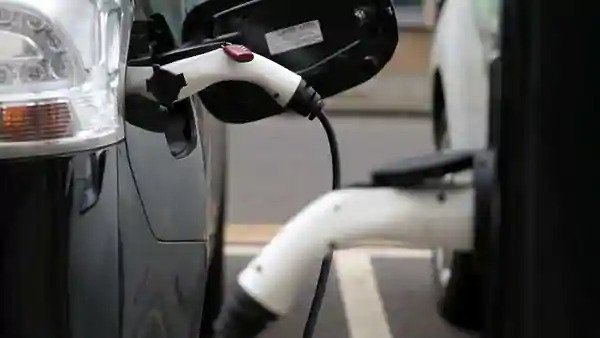
LONDON: According to estimates, the number of electric vehicles (EV) on Britain’s roads are expected to reach 30 million in the next 20 years. This jump is estimated to take place due to government policies to phase out the sale of polluting cars in the country. According to a report by National Grid Pls’c Electricity System Operator (ESO) unit, Britain’s goal of reaching net zero emissions by 2050 is looking more achievable under three out of four scenarios modeled by the ESO. Along with electric vehicles, replacing gas boilers with heat pumps are also part of the ‘zero-emissions’ plan.
Emissions from the power sector will be negative by 2033 as renewable generation and carbon capture and storage technology effectively sequesters more CO2 than plants emit, National Grid said. Levels of natural gas burnt without emissions-removing technology will halve by 2038.
These predictions are required to be accurate for the country’s legally binding goal to be achieved in the stipulated time period. Thus, it is upto the industry to make sure that it is technically possible. Without adequate planning and grid improvements, plugging in millions of electric cars could cause problems for network operators.
Mark Herring, Head of Strategy, National Grid ESO, said, “We see growth in renewable energy generation, including significant expansion in installed offshore wind capacity.” He added, “There is widespread uptake in domestic electric vehicles, and growth and investment in hydrogen and carbon capture technologies too.”
National Grid said in a report that by 2050, as many as 80 per cent of households with an EV will be smart charging their car when electricity market prices and power demand are lower. About 45 per cent homes will be able to offer balancing capability to the grid, creating as much as 38 gigawatts of flexible electricity to help manage peaks and troughs in demand.

